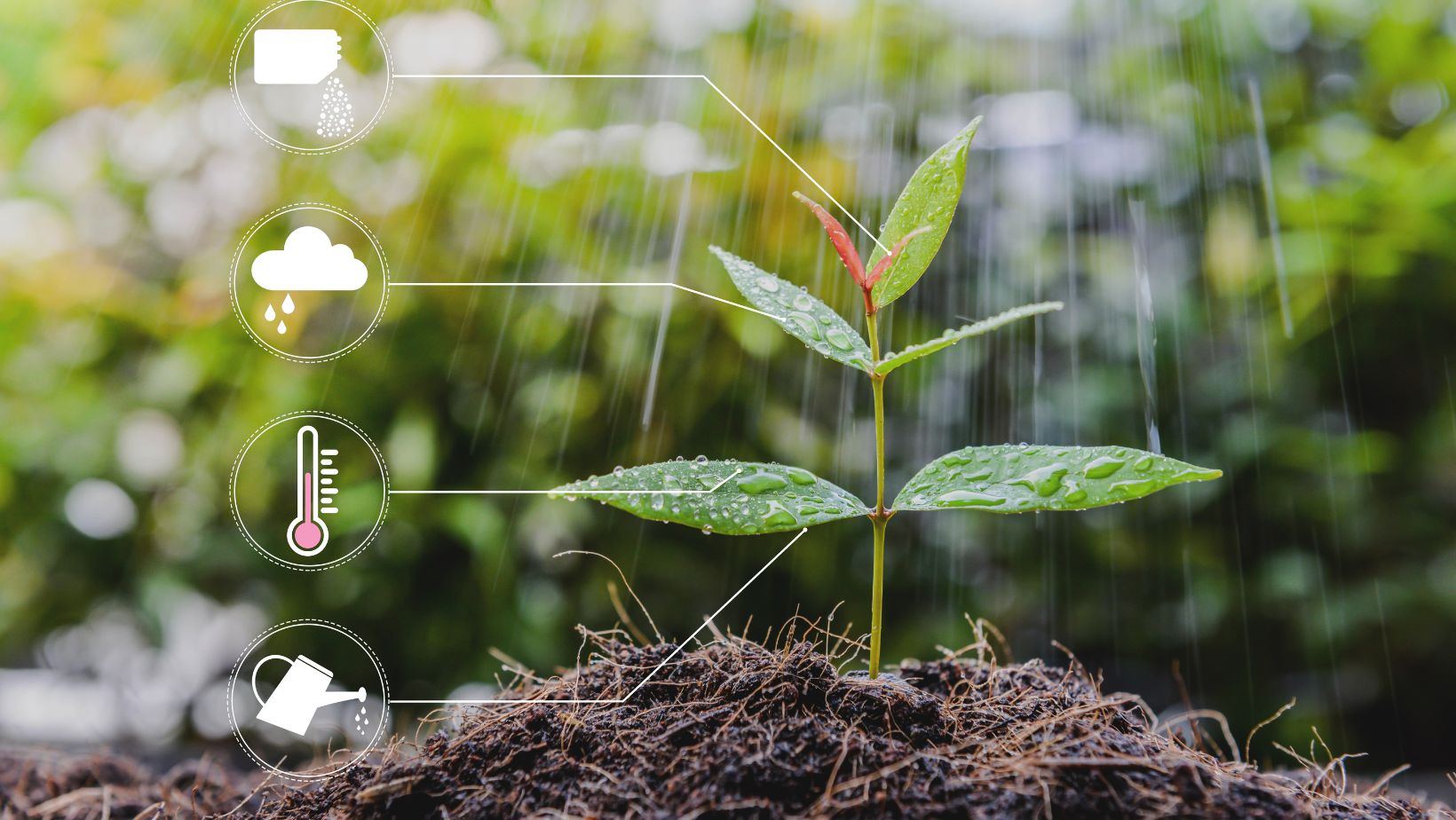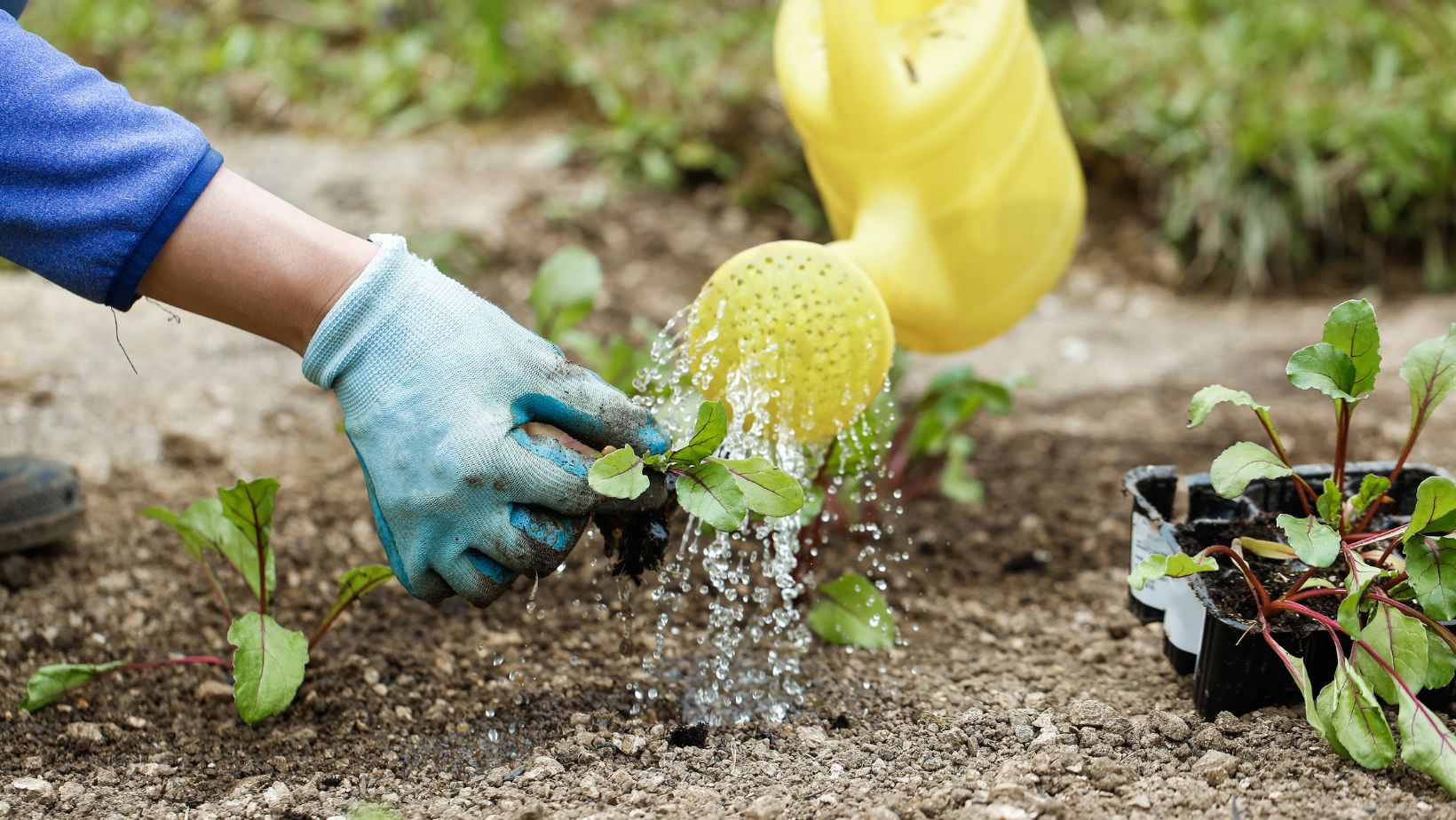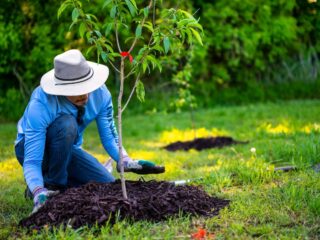
The nourishment of plants is vital, and this practice makes sure that they receive the right nutrients for robust and healthy growth. Now, over time, even the Gardeners Dream’s house plants collection can exhaust the nutrients in their growth medium, potentially affecting your plant collection’s overall health and look. If you take heed of the warnings regarding correct fertilization methods, you should be able to sustain the vitality of your indoor plants.
Don’t get confused, as there are many types of fertilizers for potted indoor plants, and understanding what these fertilizers provide when it comes to a plant’s specific needs is important. Nitrogen does the usual when it backs green leaves, phosphorus pushes for root development and flowering, while potassium boosts overall plant vitality and helps protect against diseases.
Do keep in mind that the frequency and technique used for feeding houseplants are the very basic of plant care and, like the others, should be fertilized every two weeks during their growing phase using a fertilizer. If you’re following the manufacturer’s instructions when applying fertilizers whilst also keeping an eye out for signs of over or under-fertilization in your plants, you should be able to establish a feeding schedule that will result in more vibrant plants that enhance the beauty of your home environment.
How to Fertilise Houseplants
https://www.youtube.com/watch?v=vMDC5sdpHL0&embed=true
Just keep in mind companies and fertilizer packaging labels differ from one another, so do your due diligence and follow the instructions provided. The needs of your houseplants will determine when and how you should apply it, but having a guideline, it’s best to fertilize potted plants during their active growth phase, which usually occurs in spring and summer.

Using a water fertilizer is a method for nourishing houseplants, and this type of fertilizer is mixed with water and applied using a watering can. Follow the instructions on the packaging to determine how often you should fertilize, either with every watering or every other watering. Be cautious not to fertilize as this can harm or potentially kill your plants.
When it comes to leafy plants with leaves like monstera and fiddle leaf figs, you might want to choose a nitrogen-rich fertilizer that’s good for their growth. On the other hand, flowering plants such as orchids and African violets do really well when nourished with a phosphorus-enriched fertilizer.
When prepping the soil, remember to maintain a nutrient profile while checking the label and select a mix that is specifically designed for indoor plants. It can be beneficial to apply a layer of compost on the surface of the soil and mix it in carefully, as this helps provide nutrients for your plants.
Conclusion
Taking care of your plants is crucial to ensure their well-being and visual appeal, and by following this practice, you promote growth. Prevent issues like yellowing leaves and stunted development. It’s important to be cautious about fertilizing. Choosing the fertilizer, whether organic or inorganic, is highly significant.

Furthermore, incorporating materials into your potting mix can benefit your plants by providing them with nutrients that are released slowly over time. This improves the health of their roots. Stems while reducing reliance on fertilizers. Lastly, remember to consider the safety of your pets when selecting fertilizers; you want to keep both your animals and indoor plants healthy and thriving.





